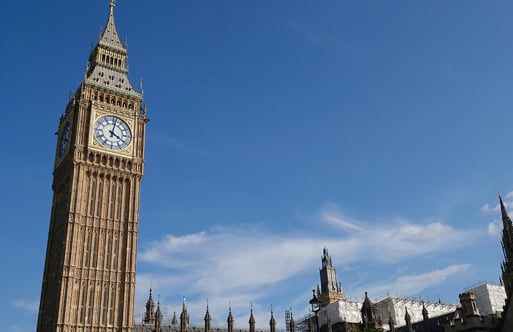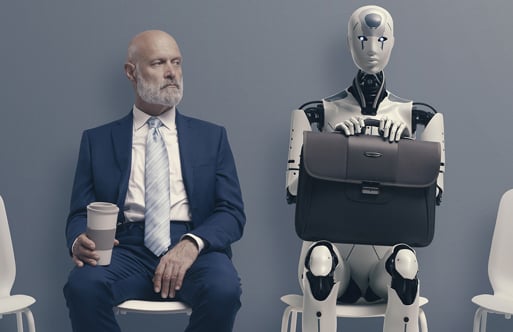Importantly, internet polls and telephone polls did not perform better than traditional methods have in the past. The truth is that more elderly people voted in the election than the adjusted samples suggested. The turnout was possibly a factor.
The problem we face is that with 80 per cent of the population or thereabouts online, the older population is disproportionately in the 20 per cent. Even with the telephone polls, the number of older people in the samples, raw and adjusted was too low.
The arguments that in the digital world that we can lower costs and using more data we can get better outcomes, for me, needs to think deeply about the opinion poll reports. As far as data is concerned n=BIG is not the same as n=ALL.
This is important in looking at social media analytics and in particular sentiment analysis. During the election, the sentiment analysis figures that I saw were in line with the traditional opinion polls. I’ve certainly seen no-one claim that sentiment analysis got the election call correct. If they had, or wish to put their head above the parapet now, it would be an interesting way forward for the future of political polling. I’m still waiting!
Of course, if the population that you are interested in are all on the phone or all online, there is a reasonable expectation that the data available should be representative of the whole population, though I would argue not assured.
Polling, and in particular the insight from it, is an interesting combination of data, model and insight. It is more scientific than reading runes, but data informed, not data driven. The GE2015 polls got it wrong because of judgements not data in the end.
So, where else might we make mistakes apart from polling by assuming that 80 per cent online is a good proxy for 100 per cent?
I was sent a wonderful American cartoon in the 1990s on digital inclusion that comes to mind. The gist of the pictures was an individual receiving a questionnaire along the lines of ‘Are you digitally excluded? If so, please email...’

















